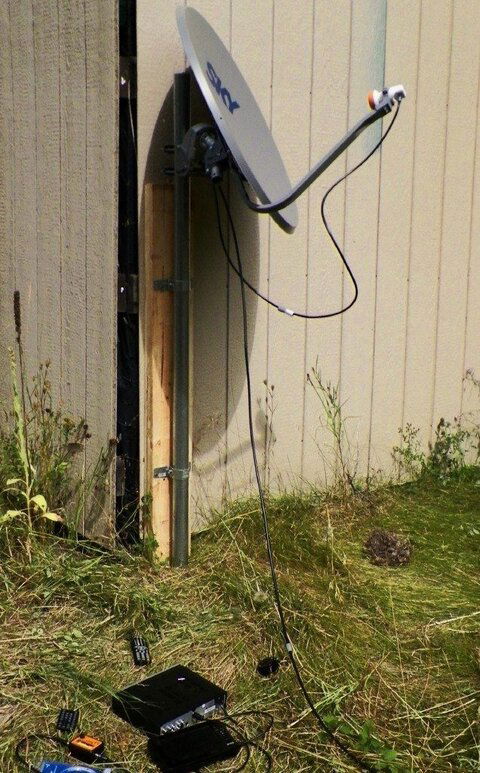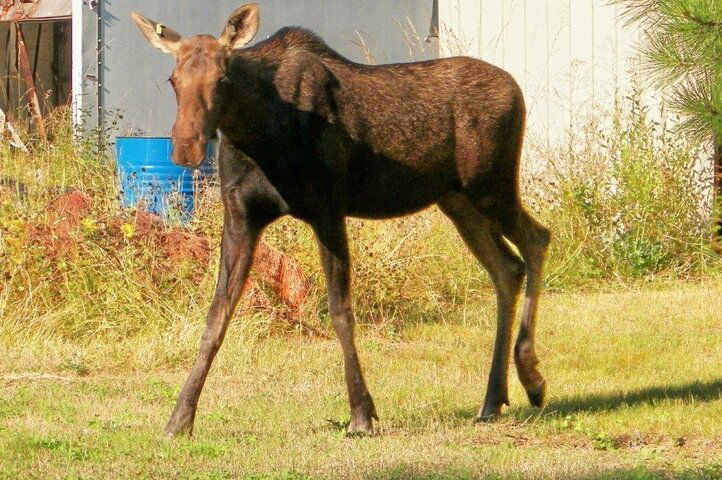Had dishnetwork for over a decade before going OTA with an old UHF grille for 6 channels .
Put my toe in the water of FTA . Purchased a system CNX-Nano . Tech advised
aim at Galaxy 19 97W ( 139mag here ) and LNB skew matches -17 with 31 elevation .
Tech where purchased advised to put freq at 11991 and LNB on Universal 1 .
LNB power=on , 22=off , dis=none , satellite is galaxy 19 . Then tech said fine
tune aim on dish to get best Q bar . Well the only thing that ever moved was the S bar .
After aiming everywhere the Q bar was stuck on '0' without as much as a flicker .
I ended up fine tuning the aim for a 80-99 signal strength , but still '0' Q .
Do I have something turned off or am I missing some setting ?????
Put my toe in the water of FTA . Purchased a system CNX-Nano . Tech advised
aim at Galaxy 19 97W ( 139mag here ) and LNB skew matches -17 with 31 elevation .
Tech where purchased advised to put freq at 11991 and LNB on Universal 1 .
LNB power=on , 22=off , dis=none , satellite is galaxy 19 . Then tech said fine
tune aim on dish to get best Q bar . Well the only thing that ever moved was the S bar .
After aiming everywhere the Q bar was stuck on '0' without as much as a flicker .
I ended up fine tuning the aim for a 80-99 signal strength , but still '0' Q .
Do I have something turned off or am I missing some setting ?????




